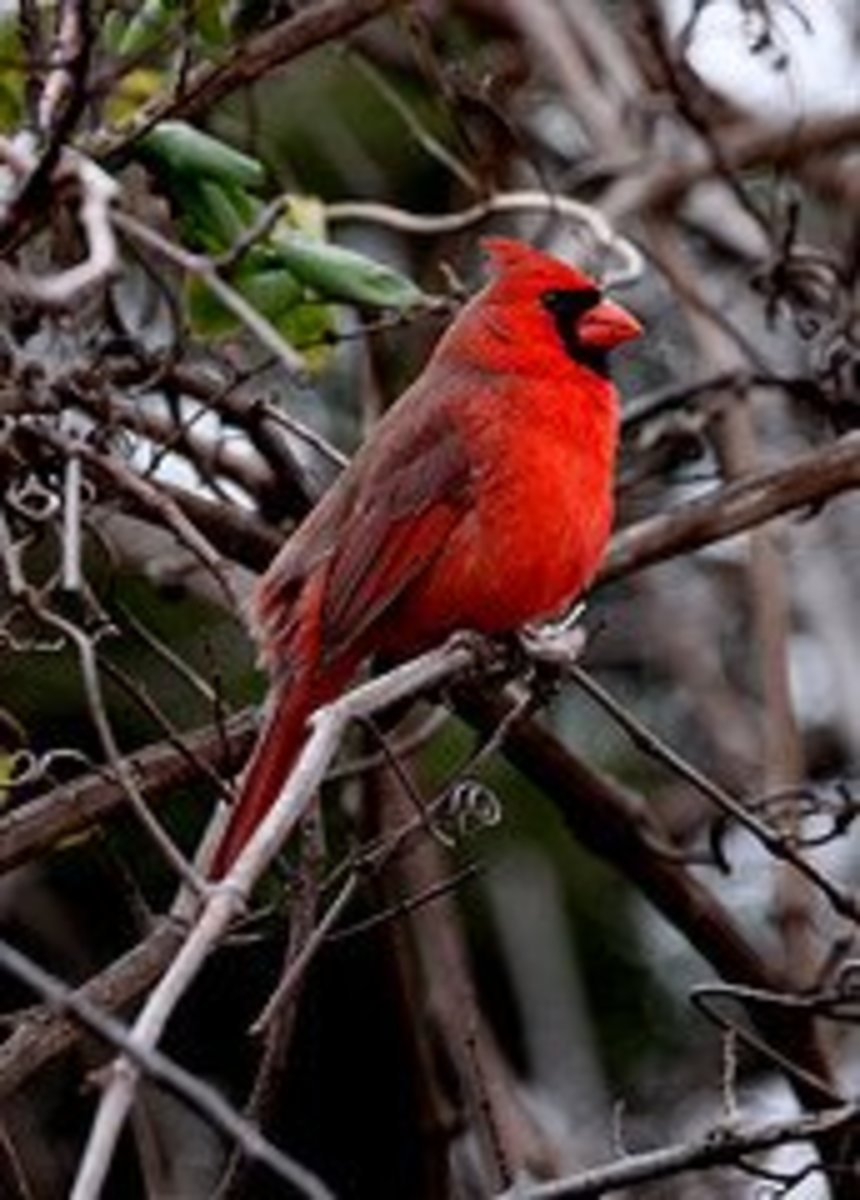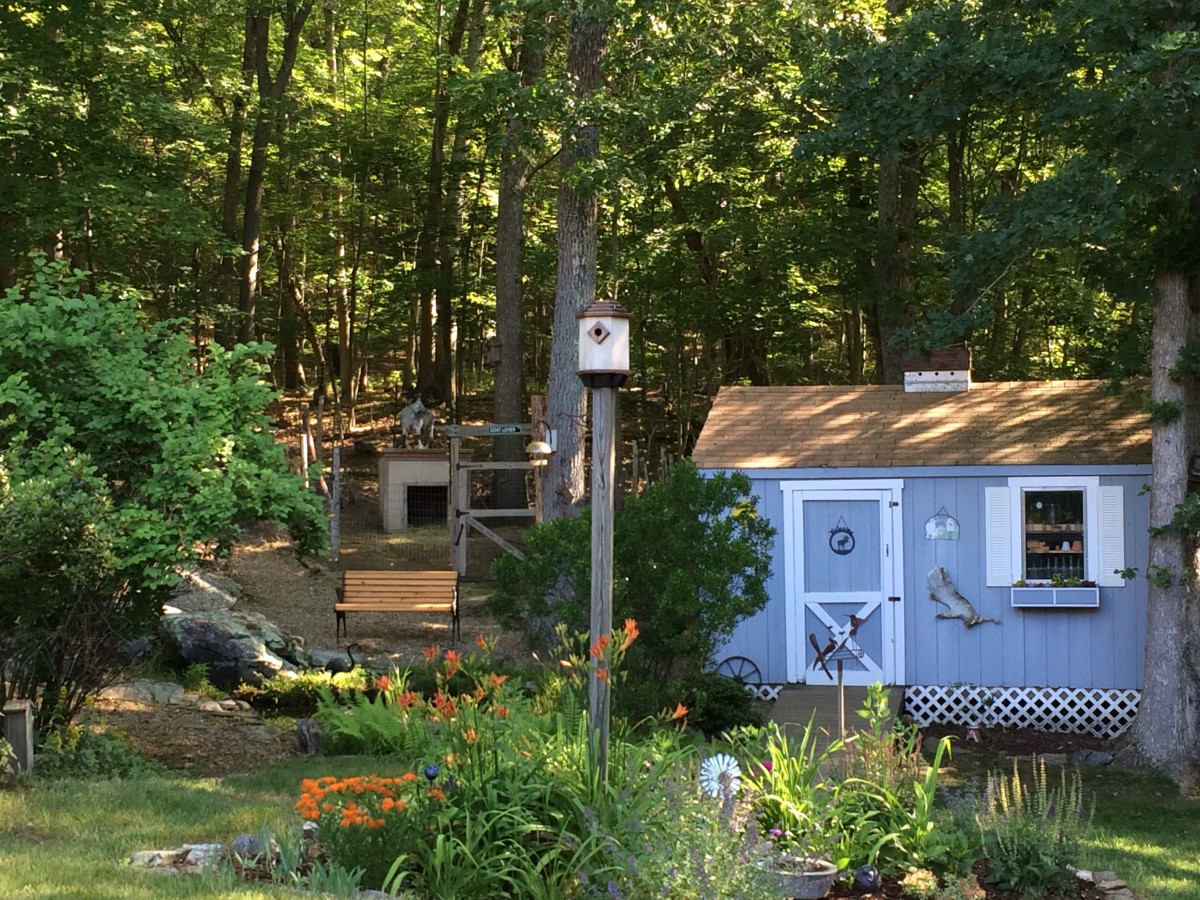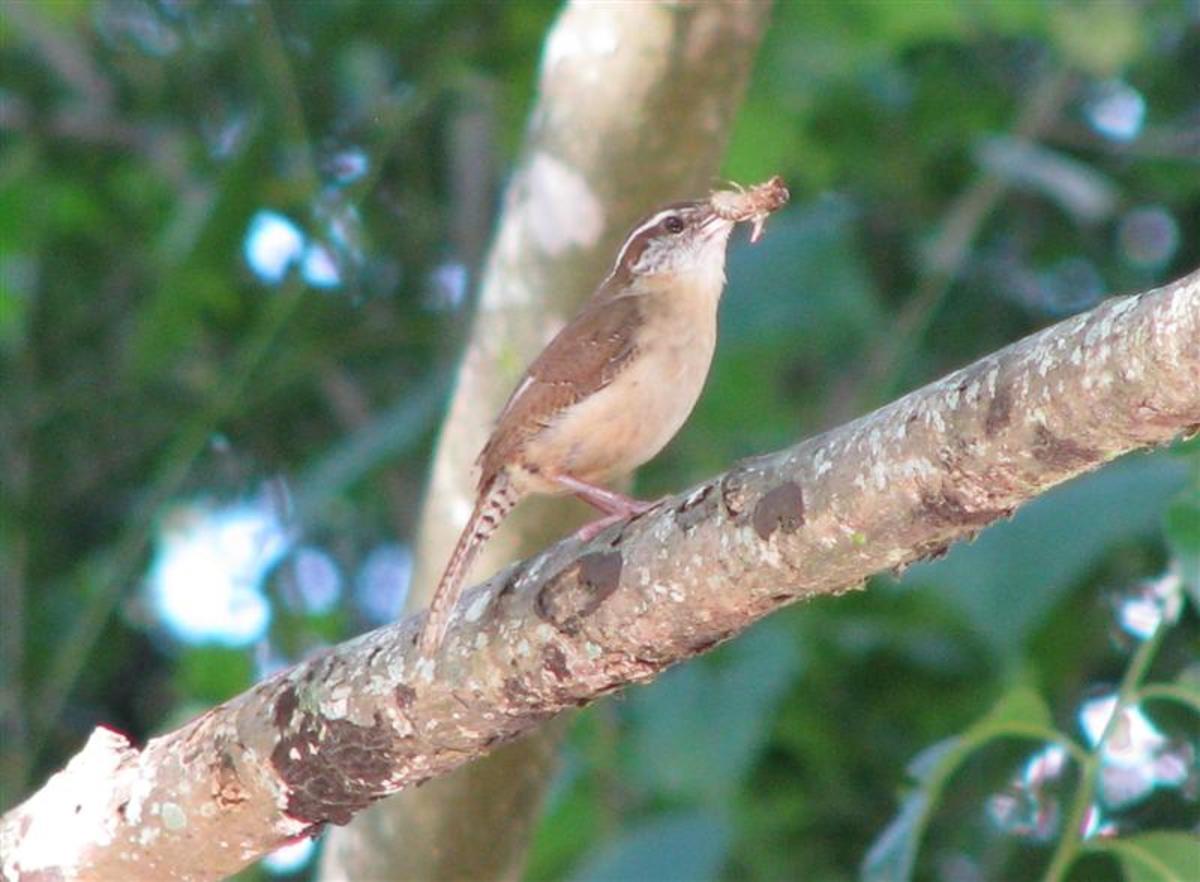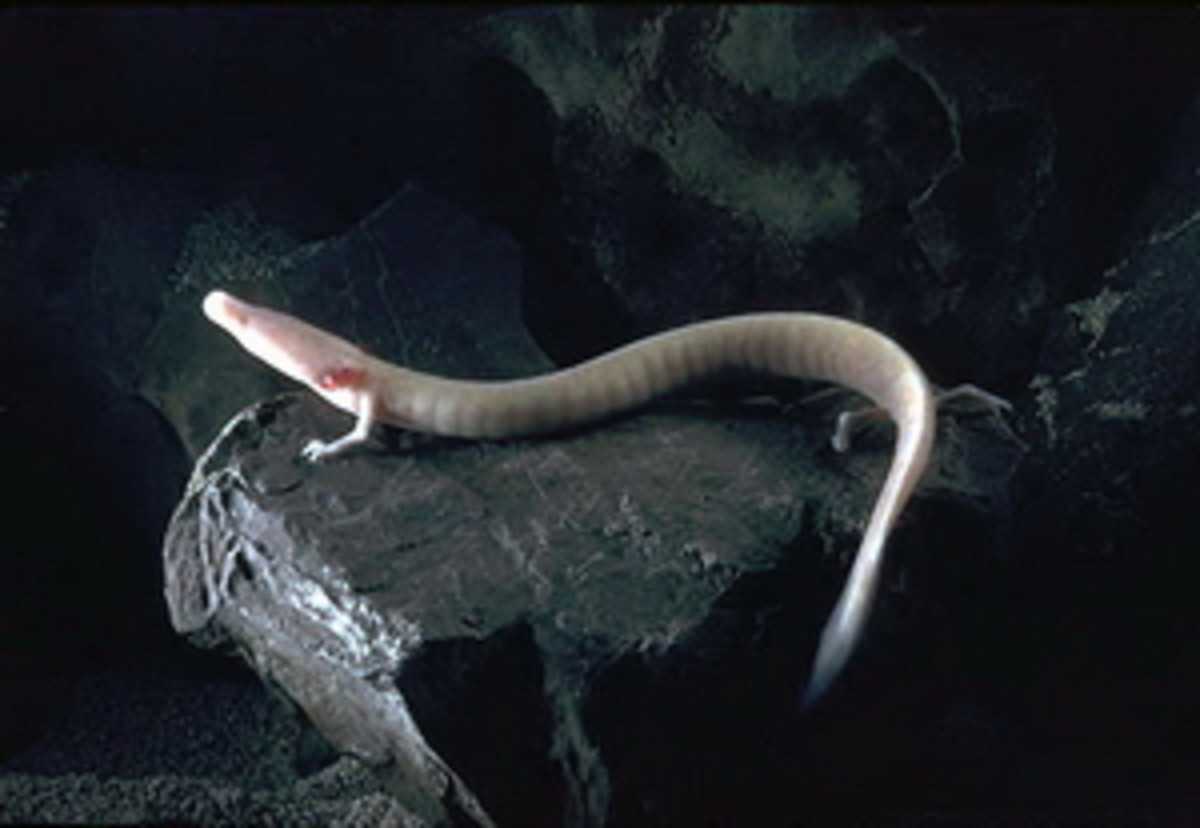- HubPages»
- Education and Science»
- Life Sciences»
- Endangered Species
Enhance Habitat for Wrens in the Landscape
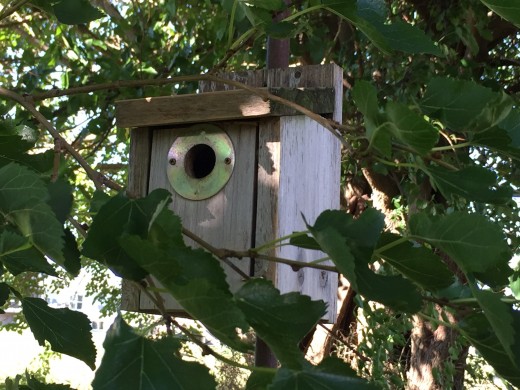
Wrens provide hours of joy just watching and listening to them, but they also eat spiders, snails, slugs, and many insect pests in the home landscape.
Landscaping for Wrens
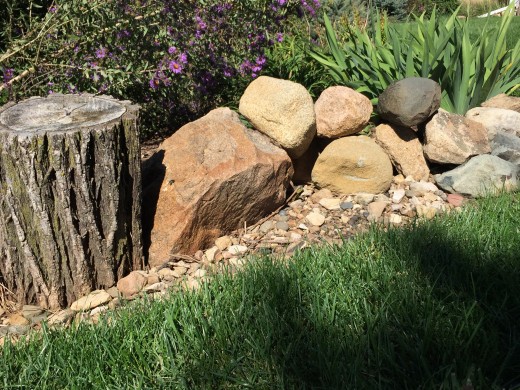
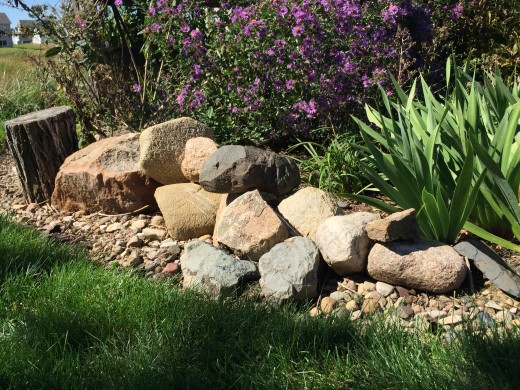
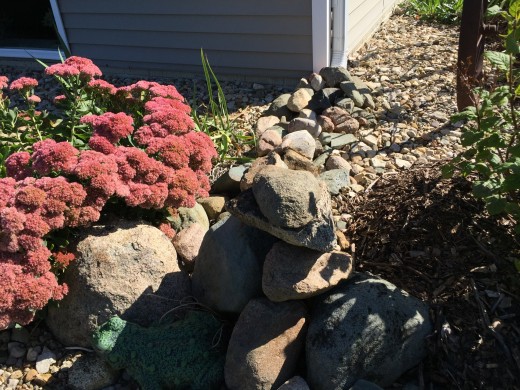
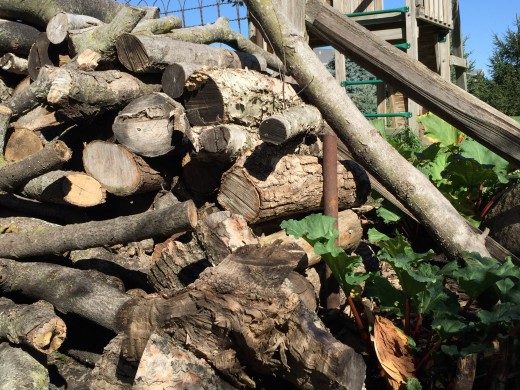
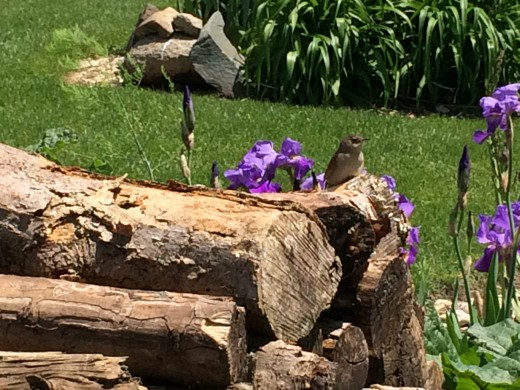
It’s important to provide an enhanced habitat for wrens by having shrub and flower beds with wood mulch and areas of river gravel for them to forage in search of food, while at the same time, providing protective cover for them where they can quickly escape attacks from predators. The wrens in my landscaping also enjoy my stacked campfire wood. They search all over the woodpile for tasty insects.
Locating and Setting Nest Boxes
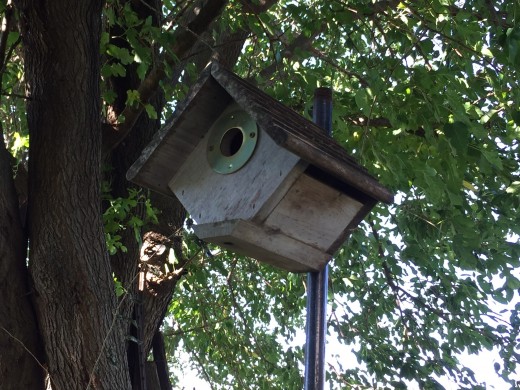
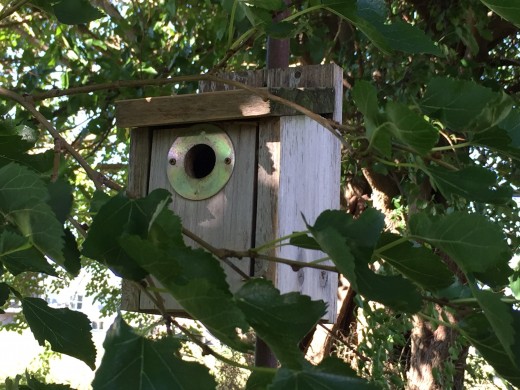
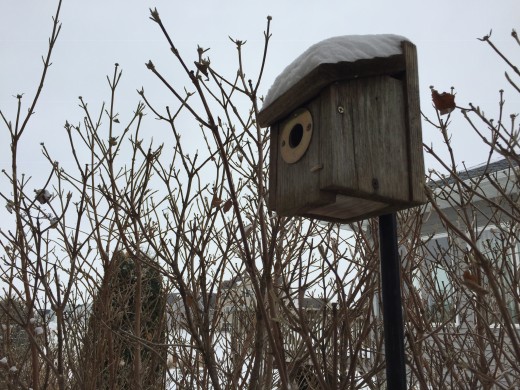
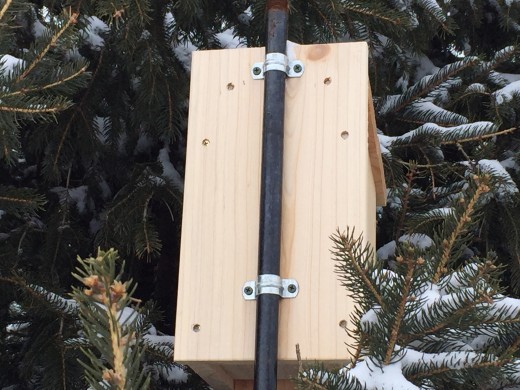
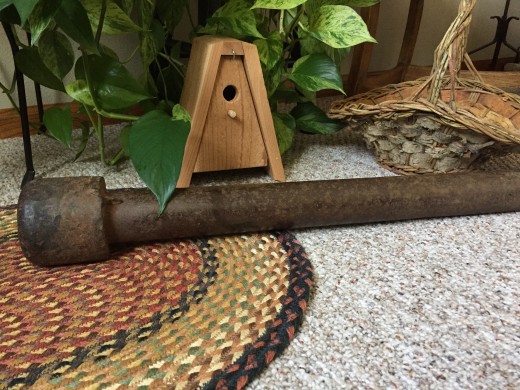
I provide multiple locations throughout my landscape for wrens to nest with multiple styles of nest boxes. The boxes are mounted on half-inch, iron pipes fastened with pipe straps, positioned six feet off the ground. I use a steel post driver to pound the pipe about three feet into the ground for stability.
The narrow-gauge pipe will keep raccoons and cats from climbing up to the boxes and eating the baby birds. The openings need to be protected with metal portal protectors to keep other birds from pecking the opening and making it large enough for them to enter. The boxes should be in the shade and close to branches for the wrens to seek protection from predators and high winds.
Wrens are Secretive
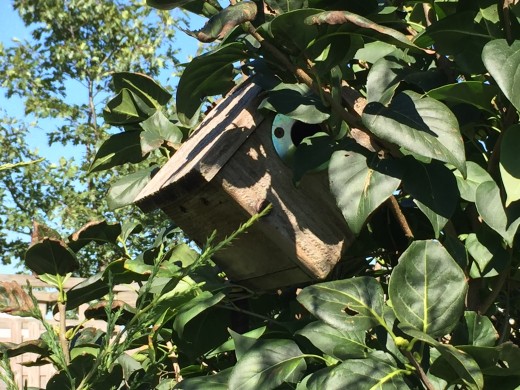
Wrens enjoy shade and lots of protective cover. They are secretive and prefer nesting in locations that are camouflaged. One of my wren houses is engulfed by a lilac. This house is the most popular of all my wren houses and usually has wrens nesting in it every year. It is also my oldest wren house at about 25 years old.
Quiz Your Wren Knowledge
view quiz statistics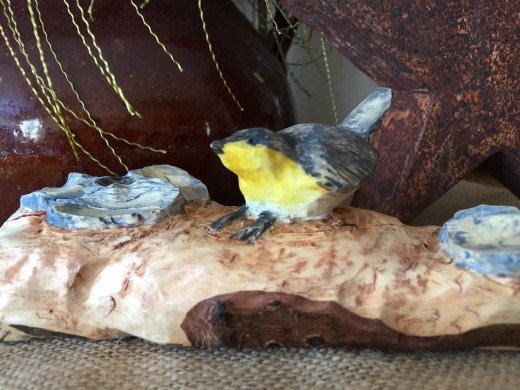
Closing Comments
Of all the birds that live in my landscape, House Wrens are my favorite! They have a lot of personality for such a tiny bird. They can be secretive and suddenly surprise you in places where you did not expect them. When they are foraging for food, they flit around the landscape on the edges of planting beds, boulders, and woodpiles.
When they are nesting, they become very audacious in protecting their brood by calling out loudly and coming within feet of you. Besides providing lots of hours of joyful birdwatching, they are also highly beneficial by eating lots of garden insect pests including spiders, and my wife hates spiders!

